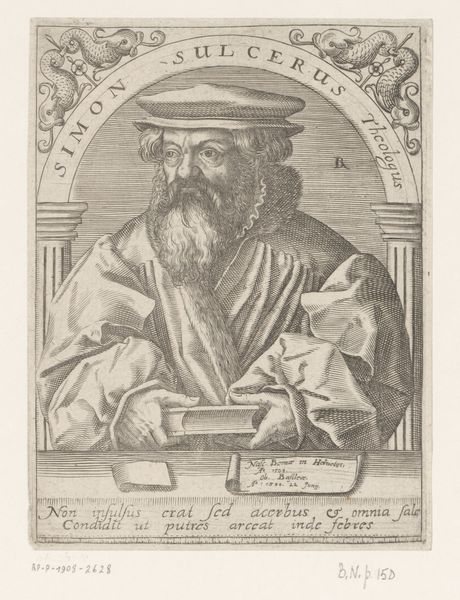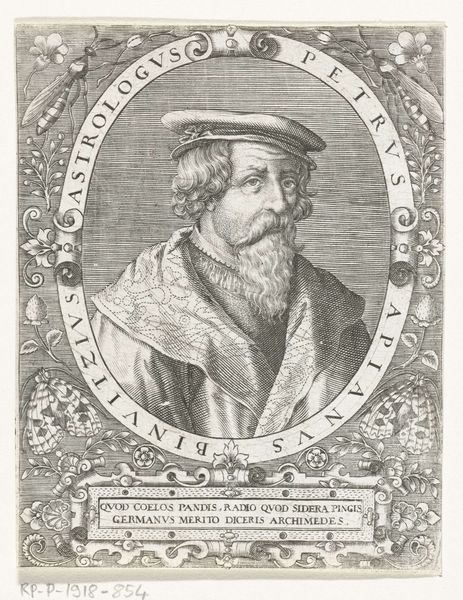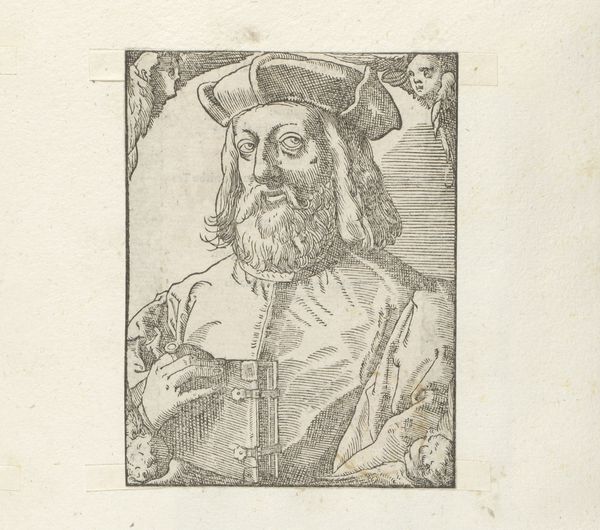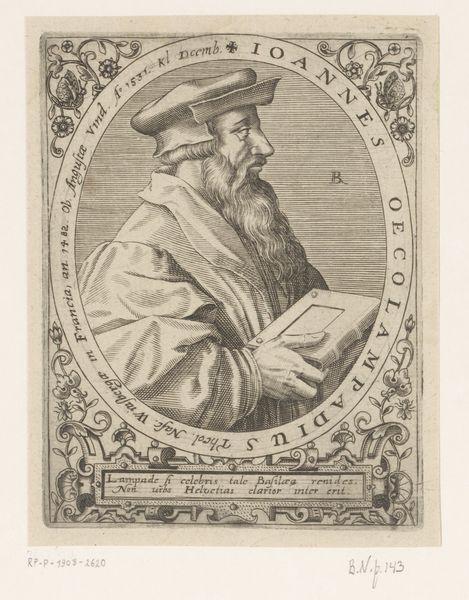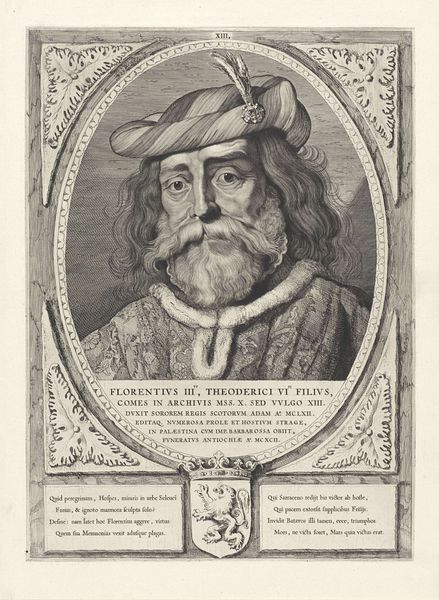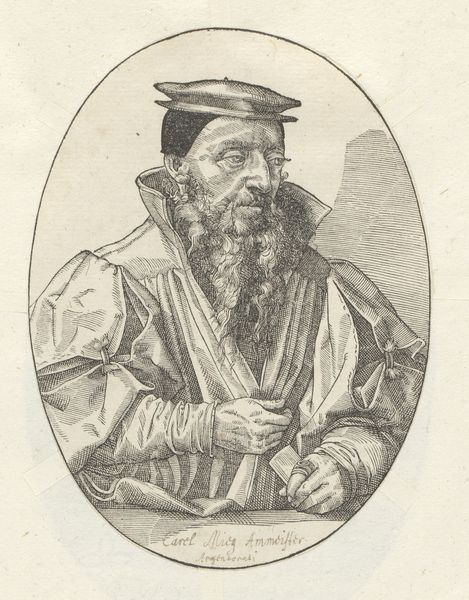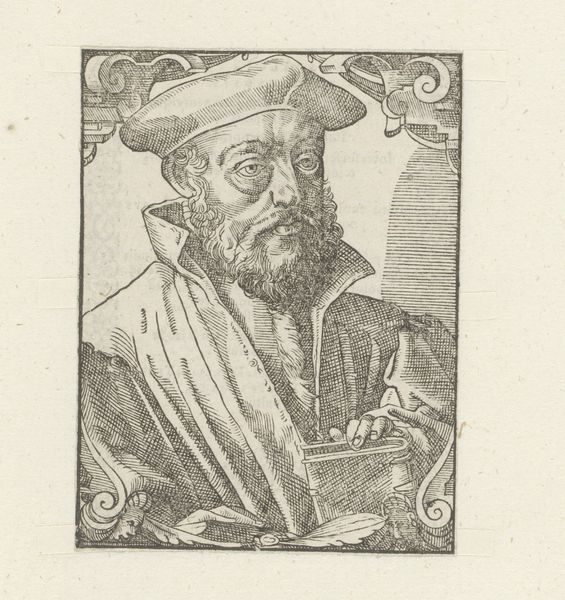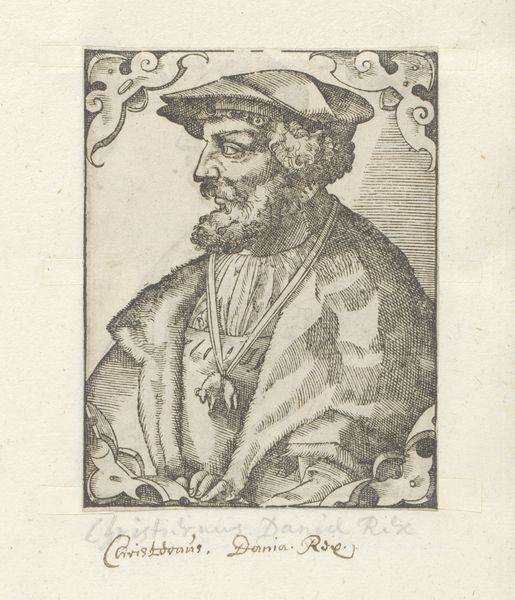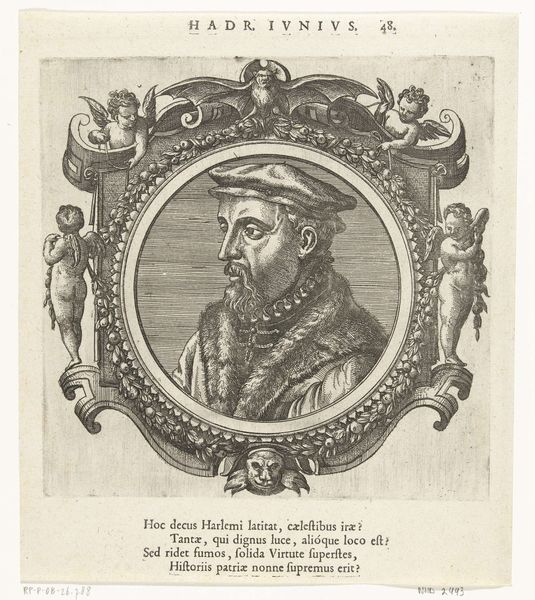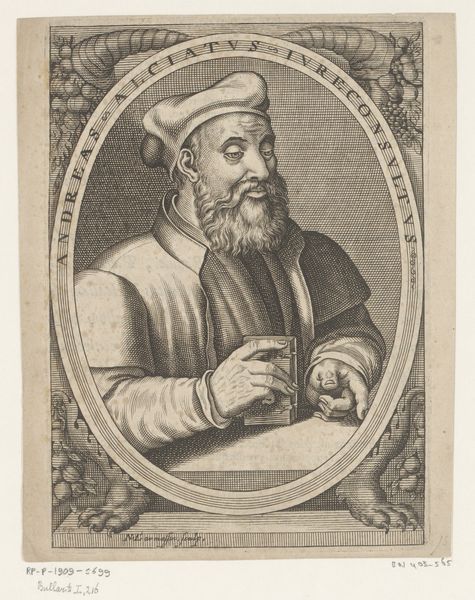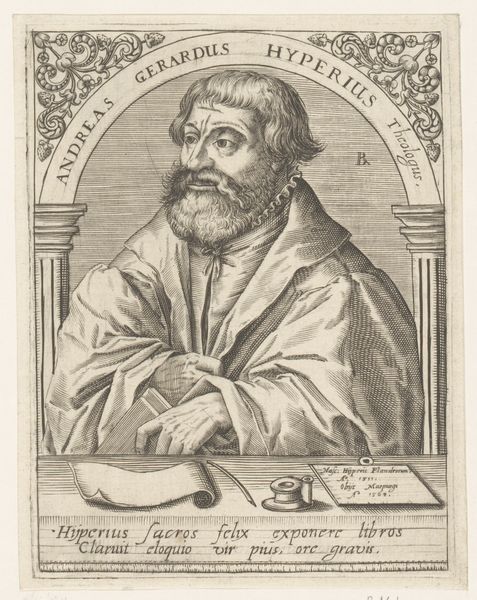
print, engraving
#
portrait
# print
#
old engraving style
#
figuration
#
11_renaissance
#
line
#
history-painting
#
northern-renaissance
#
academic-art
#
engraving
Dimensions: height 108 mm, width 84 mm
Copyright: Rijks Museum: Open Domain
Editor: Here we have a print, likely an engraving, dating roughly from 1549 to 1575. It's a portrait of Charles V of Habsburg, the Holy Roman Emperor. It feels very formal and… official. How do you see the image functioning within its historical context? Curator: Well, given its creation via printmaking during that era, consider its function as propaganda. It’s not merely a portrait; it's a carefully constructed image intended for wide dissemination. This particular image reinforces the Emperor's power and authority. The act of creating multiples itself implies a desire for widespread influence, wouldn't you agree? Editor: That makes sense. It's interesting to think about this image circulating widely. I guess I assumed portraits like this were primarily for the elite. Curator: Exactly, it challenges our assumptions about accessibility in the 16th century. While the original might have been commissioned by someone with influence, prints democratize access, to a degree. What choices do you think the artist made to create this effect? Consider not just the rendering of Charles V, but also the stylistic elements. Editor: I see that he is shown with very direct eye contact and, yes, a quite severe expression. The linear style adds a sense of clarity and perhaps… unflinching authority. Curator: Precisely! And think about where these images might have appeared—public spaces, pamphlets, books. Each placement affects the way people would interpret it, doesn't it? Editor: It certainly does! I never really considered how the distribution method shaped the perception of a portrait like this. Thank you. Curator: My pleasure. It’s about recognizing the multifaceted role art plays, especially in shaping public opinion and narratives.
Comments
No comments
Be the first to comment and join the conversation on the ultimate creative platform.
